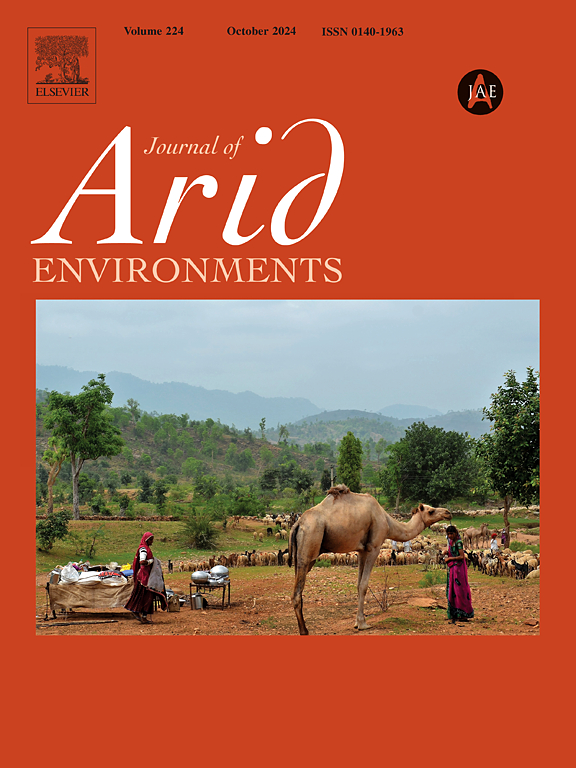Forage plants used by local communities for livestock production systems in the Argentine Chaco and their dependence on pollinators
IF 2.5
3区 环境科学与生态学
Q2 ECOLOGY
引用次数: 0
Abstract
In the Chaco region of Argentina coexist different livestock production systems operating under a variety of management regimens and represented by different social actors. The sustainability of peasant extensive grazing systems is mainly based on the high degree of ecological knowledge of the wild forage sources available in the forest by local producers. In this study, we conducted a literature review focused on ethnobiological studies to assess the plant species used as forage by local communities in the Argentine Chaco to evaluate their degree of pollinator dependence. The proportion of forage species that depend to some degree on pollinators was lower (60.6 %) than the overall average found across angiosperms (90 %). Such results can be explained by the predominance of grasses that are used as fodder (22 %) in the Chaco, which are wind-pollinated and do not rely on pollinators to produce fruits and seed. However, when analyzing the most important forage species, we found that nearly all of them depend on animal pollinators to produce nutritious forage. Our findings emphasize the need for conservation actions that safeguard both pollination services and the plant resources that sustain local livelihoods.
阿根廷查科地区当地社区用于畜牧生产系统的饲料植物及其对传粉媒介的依赖
在阿根廷查科地区,不同的畜牧生产系统在各种管理制度下并存,并由不同的社会行动者代表。农民粗放放牧系统的可持续性主要基于当地生产者对森林中可获得的野生饲料资源的高度生态知识。在本研究中,我们以民族生物学研究为重点,对阿根廷查科地区当地社区用作饲料的植物物种进行了文献综述,以评估其对传粉媒介的依赖程度。在一定程度上依赖传粉者的牧草种类比例(60.6%)低于被子植物的总体平均水平(90%)。这样的结果可以解释为在查科作为饲料的禾草占主导地位(22%),这些禾草是风媒传粉的,不依赖传粉者来生产水果和种子。然而,在分析最重要的牧草种类时,我们发现几乎所有的牧草都依赖于动物传粉者来生产有营养的饲料。我们的研究结果强调,需要采取保护行动,既保护授粉服务,又保护维持当地生计的植物资源。
本文章由计算机程序翻译,如有差异,请以英文原文为准。
求助全文
约1分钟内获得全文
求助全文
来源期刊

Journal of Arid Environments
环境科学-环境科学
CiteScore
5.70
自引率
3.70%
发文量
144
审稿时长
55 days
期刊介绍:
The Journal of Arid Environments is an international journal publishing original scientific and technical research articles on physical, biological and cultural aspects of arid, semi-arid, and desert environments. As a forum of multi-disciplinary and interdisciplinary dialogue it addresses research on all aspects of arid environments and their past, present and future use.
 求助内容:
求助内容: 应助结果提醒方式:
应助结果提醒方式:


